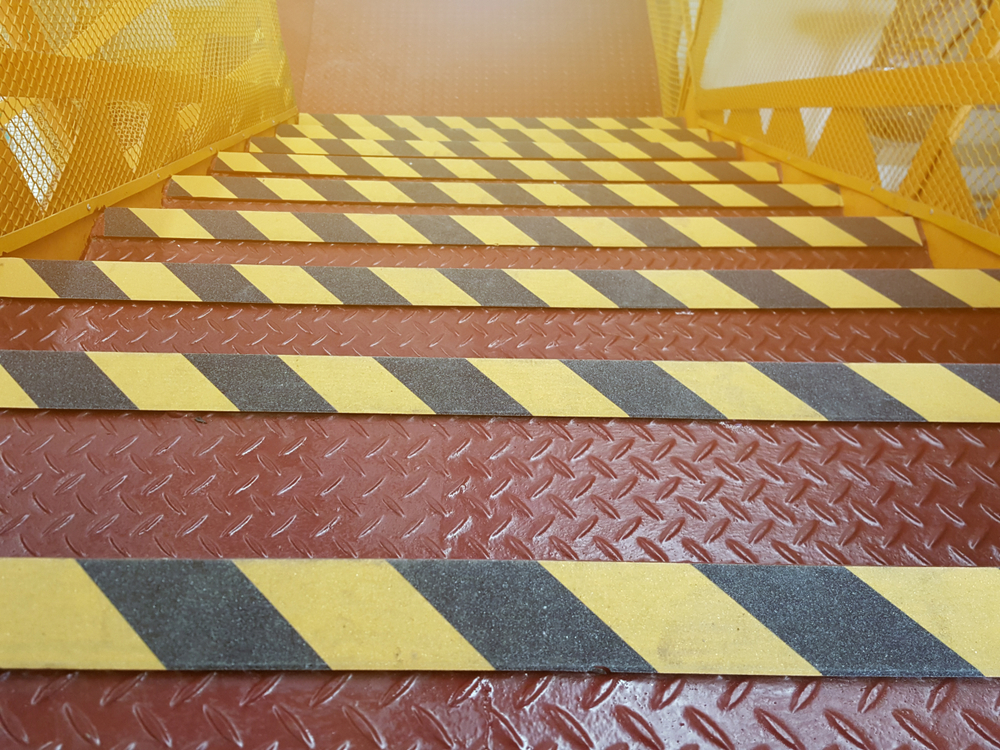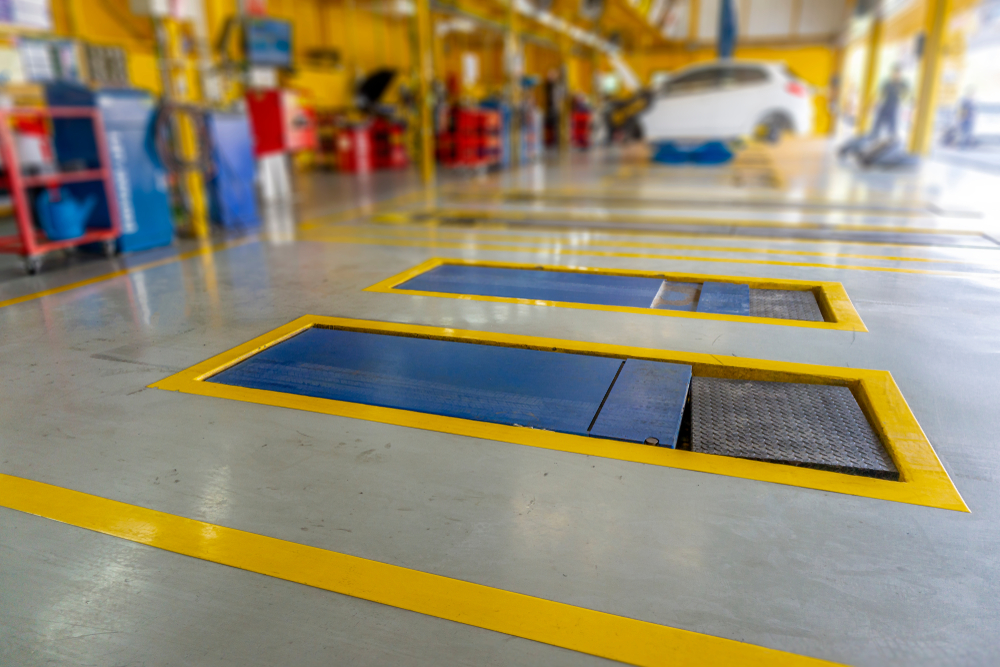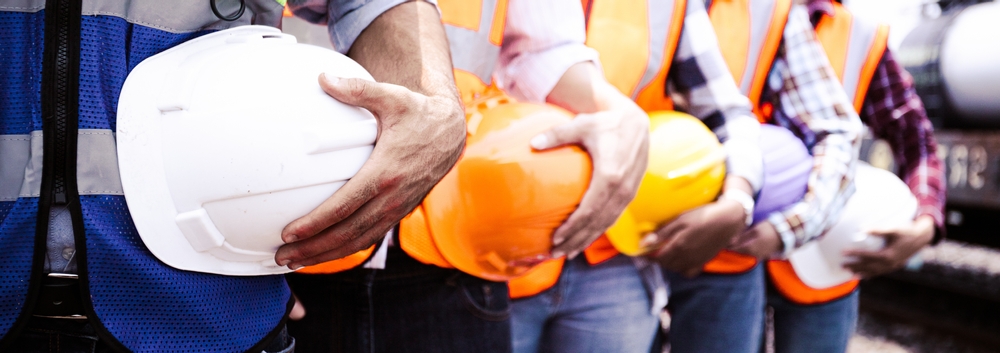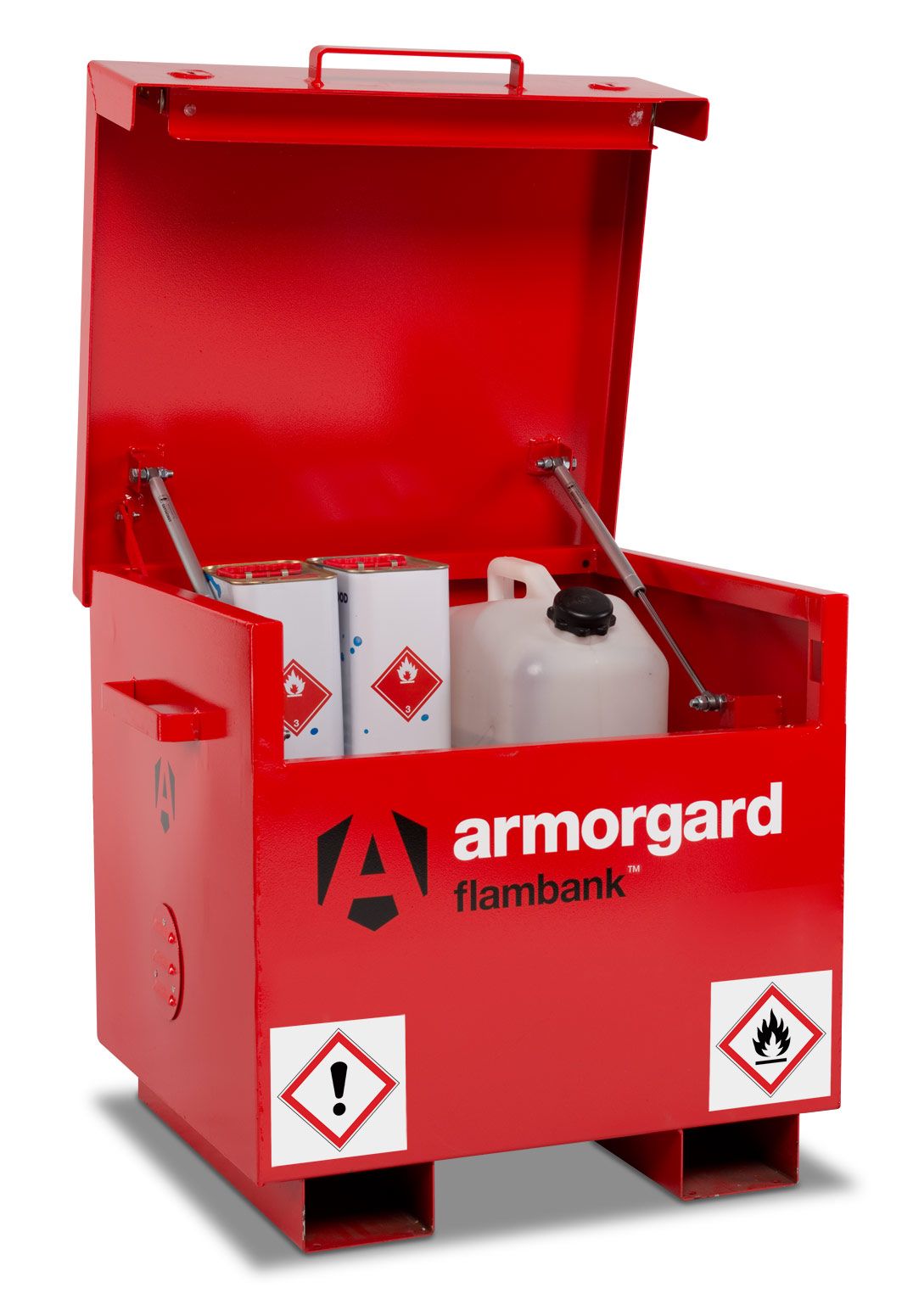As a business owner, you are responsible for fire safety within your workplace. This means you need to be aware of all fire safety guidance set out by the government, as well as the laws relating to fire safety at work, as this will keep you and your employees safe. Your business must carry out a fire risk assessment if you have more than four employees.
You should follow the Fire Safety Act for England and Wales, which was renewed in 2021, and ensure that you have an appointed fire safety officer. Your business will also need fire safety equipment available, such as fire alarms and extinguishers.
General fire safety guidance in the workplace
Most fires that happen in the workplace are preventable, and it is up to you as a business owner to prevent and lower the risk. A fire needs three things to start: oxygen, heat (source of ignition), and flammable material. Knowing this, you should carry out a business fire risk assessment so that you can identify potential hazards and prevent risks.
Your fire risk assessment must be kept up to date, and failure to do so could result in hefty fines and the closure of your business. Based on your findings, you should make appropriate changes and fire safety measures to minimise injury or death in your workplace. The risk assessment should include what could cause a fire (the source of ignition), which substances would burn, and who could be at risk.
You can find fire risk assessment templates on the government website, which include guides for many different businesses, including offices, factories, shops, residential care facilities, schools and healthcare premises.
If you do not know how to complete a fire risk assessment, you need to find a professional risk assessor who can do this for you. Your local fire station may be able to provide fire safety guidance, but they cannot complete a fire risk assessment on your behalf.
What your business should be doing
Once you have completed your fire risk assessment, there are several steps you must take to ensure the safety of you and your employees. Your business should have a fire safety evacuation plan, with a safe meeting point for employees and pedestrians.
Other responsibilities as an employer include:
-
avoiding accidental fires, such as making sure electrical sockets and extension leads are not overloaded
-
keeping flammable substances away from sources of ignition at all times
-
reviewing your fire risk assessment as often as needed, and at least once a year
-
training your employees on fire safety and keeping a file of training, including practice fire drills
-
marking fire exits with appropriate safety signs and making sure they remain clear at all times
-
having the correct fire safety equipment for putting out fires; for example, carbon dioxide fire extinguishers are recommended for offices with electrical equipment
-
installing fire and smoke alarms and regularly checking that they work
-
maintaining a good level of housekeeping to avoid an accumulation of rubbish or blocking of corridors
You can also find more UK fire safety guidance for the workplace on the government website. For Scottish businesses, you can find everything you need to know in Part 3 of the Fire (Scotland) Act 2005.
Flammable substances in the workplace
If your business stores flammable substances, fire safety in the workplace is of utmost importance. This can include using or creating vapours, chemicals or dust that can easily burn. Flammable substances need special care and preventative measures should be put in place to minimise risks.
Fire safety signs should be used in any area where explosive and flammable substances are stored, and appropriate PPE (personal protective equipment) should be given if required. You can check your supplier safety sheets, to find out which substances are classed as flammable.
Always keep any sources of ignition far away from flammable substances. Your business should be getting rid of these substances safely. It is illegal to mix certain waste, especially if you have hazardous or flammable waste on site. You should classify the different types of waste that your business creates, so you can get rid of flammable substances safely and legally.
If you have flammable or explosive substances in your workplace, you need to be aware of the regulations around this. The Dangerous Substances and Explosive Atmospheres Regulations 2002, also known as DSEAR, sets the minimum requirements that you must meet as an employer to protect your workers from explosions and fire due to dangerous substances in the workplace.
Fire safety equipment
All businesses will need some fire safety equipment, and this will be outlined within your risk assessment.
Fire safety equipment might include:
-
fire hose reels
-
emergency lighting
-
portable fire extinguishers
-
sprinkler systems
-
fire alarms
-
fire signs, such as a fire evacuation or an extinguisher sign
-
fire safety logbook
A risk assessor can tell you what fire equipment you need and can help you with fire safety guidance.
Find out more
If you are looking for equipment to help you company meet its fire safety requirements, browse our complete range of fire safety equipment at SafetyBuyer. You can also call us on 0800 043 1061 if you have any questions.
 Over 12,000
Over 12,000  Simple no quibble
Simple no quibble  Prompt dispatch &
Prompt dispatch &  UK Mainland Delivery
UK Mainland Delivery 













